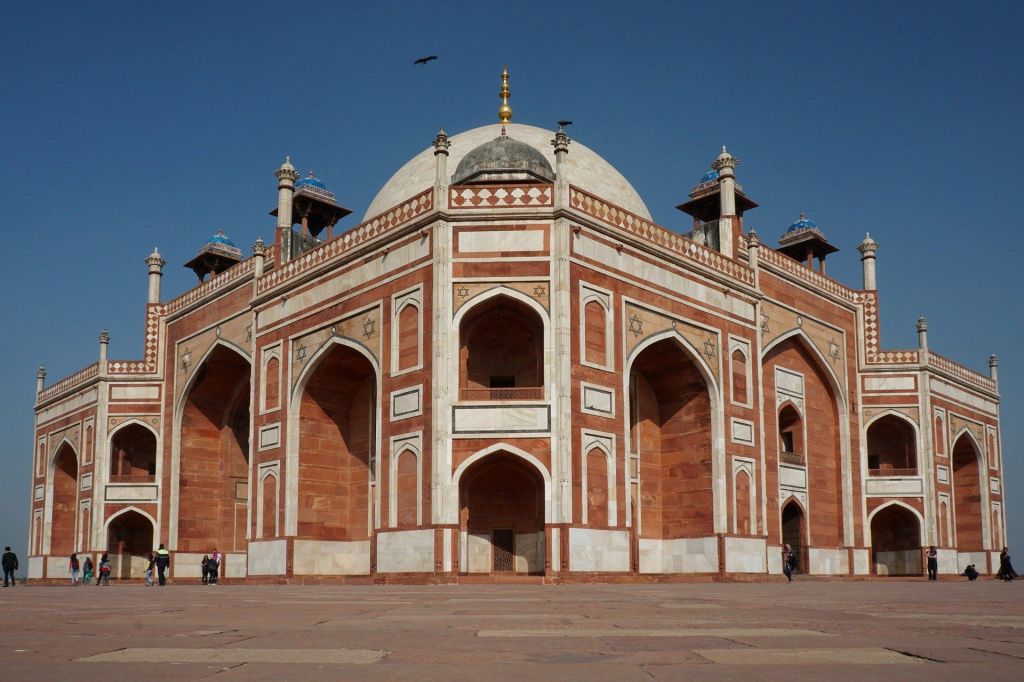Historical Landmarks and Monuments: A Journey Through Time
As urban explorers, we are constantly seeking out the hidden gems nestled within our cities. These treasures often come in the form of historical landmarks and monuments that carry the weight of centuries past. They serve as a testament to the events and people who have shaped our societies, offering a glimpse into our collective history.
In this article, we will take you on a journey through time, exploring some of the most remarkable historical landmarks and monuments that grace our urban landscapes. From ancient wonders to modern marvels, these sites hold stories waiting to be discovered.
The Great Pyramids of Giza – Cairo, Egypt
We begin our expedition with one of humanity’s greatest architectural achievements – The Great Pyramids of Giza. Situated on the outskirts of Cairo, Egypt, these imposing structures have stood for over 4,500 years. Built as tombs for pharaohs during Ancient Egypt’s Old Kingdom period, they continue to captivate visitors with their sheer size and grandeur.
The pyramids’ construction remains shrouded in mystery even today. The precision with which they were built is awe-inspiring; their alignment with celestial bodies such as Orion’s Belt has led some to speculate about extraterrestrial influence. Regardless of theories or beliefs surrounding their creation, standing before these colossal structures is an experience that leaves no traveler untouched by history’s majesty.
Machu Picchu – Cusco Region, Peru
Traveling across continents and thousands of miles away from Egypt brings us to Machu Picchu – an iconic Incan citadel perched high amidst the Andes Mountains in Peru. Abandoned by its inhabitants centuries ago due to the Spanish conquests but rediscovered in 1911 by Hiram Bingham III, it now stands as a UNESCO World Heritage site.
Machu Picchu offers visitors a chance to witness ancient engineering expertise firsthand. Its stone structures, seamlessly integrated with the natural landscape, showcase the Incas’ mastery of architecture. The site’s purpose remains enigmatic – was it a religious sanctuary or a royal estate? Regardless, exploring its terraces, temples, and ceremonial buildings evokes a sense of wonder and reverence for the civilization that once thrived there.
The Colosseum – Rome, Italy
Next on our journey is one of Rome’s most recognizable landmarks – The Colosseum. This amphitheater has stood as an emblem of ancient Roman engineering since its completion in 80 AD. Originally known as the Flavian Amphitheatre, it played host to gladiatorial contests and various public spectacles.
The Colosseum’s massive size is awe-inspiring; capable of seating up to 50,000 spectators at its peak. Though partially ruined over time due to earthquakes and vandalism, it still stands as a testament to the grandeur and brutality of Ancient Rome. As you roam through its corridors and gaze upon what remains of this architectural marvel, you can almost hear echoes of cheering crowds from centuries past.
Taj Mahal – Agra, India
Leaving Europe behind us for now, we venture into Asia where one monument stands as a symbol of eternal love – The Taj Mahal. Built by Emperor Shah Jahan in memory of his beloved wife Mumtaz Mahal during the Mughal era in India (17th century), this ivory-white mausoleum exudes elegance and beauty.
The Taj Mahal showcases exquisite craftsmanship with intricate marble carvings and stunning decorative elements. Its perfectly symmetrical design combined with lush gardens creates an atmosphere filled with serenity and romance. Visitors flock from all corners of the globe to witness firsthand this architectural masterpiece that encapsulates both grief and devotion.
Statue of Liberty – New York City, USA
Moving forward chronologically brings us closer to modern times when exploring the iconic Statue of Liberty in New York City. A gift from France to the United States, this colossal copper statue stands tall on Liberty Island, welcoming immigrants and symbolizing freedom.
Designed by Frédéric Auguste Bartholdi and dedicated in 1886, Lady Liberty has become a universal beacon of hope for millions seeking a better life. Her torch represents enlightenment while her broken chains signify liberation from oppression. Climbing up to her crown offers breathtaking views of the city skyline, serving as a reminder of the ideals upon which America was built.
Christ the Redeemer – Rio de Janeiro, Brazil
Our final stop takes us to South America where we encounter Christ the Redeemer towering over Rio de Janeiro’s Corcovado Mountain. This Art Deco statue is an icon of Brazilian culture and one of the New Seven Wonders of the World.
Standing at 98 feet tall with arms outstretched, Christ the Redeemer overlooks Rio’s vibrant neighborhoods below. It serves as a symbol of peace and protection for both locals and visitors alike. Ascending to its base rewards explorers with panoramic views that showcase why this city is known as “Marvelous City.”
These historical landmarks and monuments are just a glimpse into humanity’s rich tapestry woven throughout time. They remind us that within our urban landscapes lie stories waiting to be discovered – tales of triumphs, tragedies, love, devotion, and resilience.
As urban explorers seeking adventure beyond what meets our eyes daily, let us continue unearthing these treasures hidden amidst our cities’ bustling streets. Each step we take towards understanding these historical sites connects us further to our shared past while inspiring future generations to preserve their significance for years to come.

Leave a comment